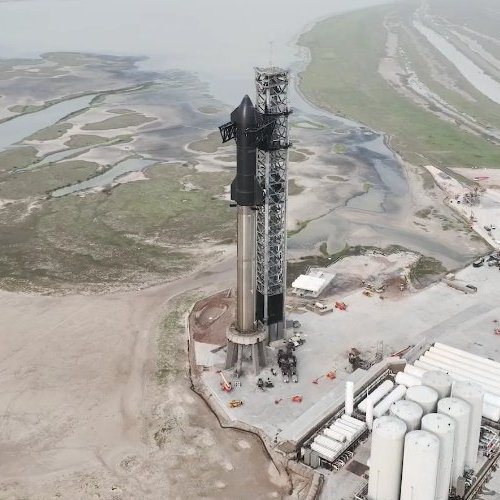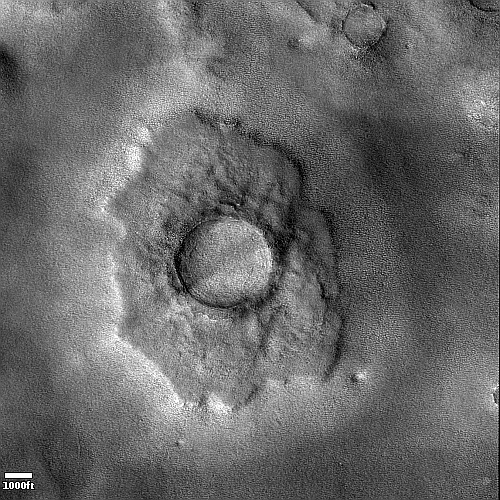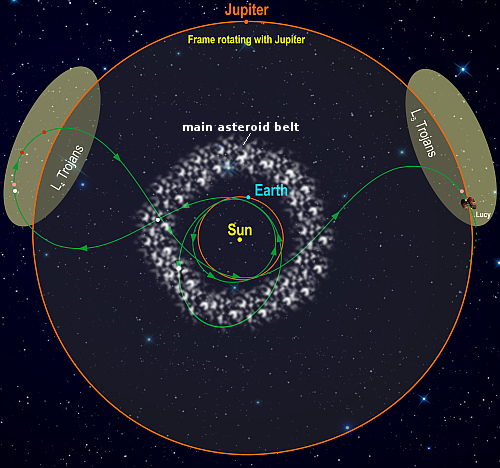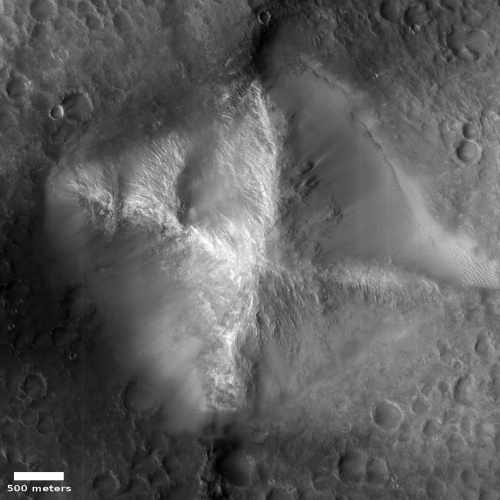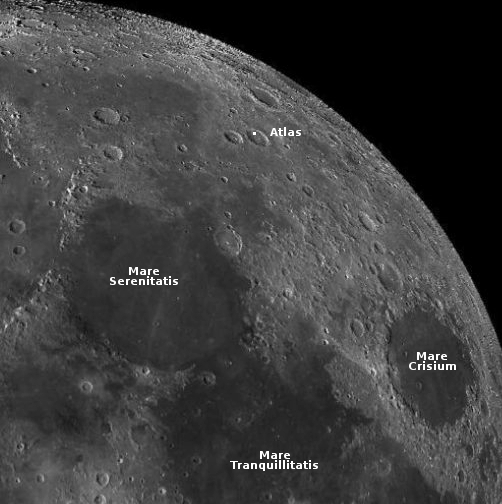
Cool image time! The picture to the right, cropped, reduced, and enhanced to post here, was taken by Lunar Reconnaissance Orbiter (LRO) on December 10, 2015 and released by the LRO team this week. From the caption:
LRO slewed to the east as it passed over the northwest rim (-8.536°N, 251.028°E, 82 km altitude) of the Orientale basin and snapped this spectacular Earth-Moon sequence with the NAC and WAC [cameras]. Tropical Cyclone Bohale is visible in the center of the image. MODIS (onboard the NASA Aqua satellite) imaged the same storm 3 hours after LRO.
The NAC and WAC images of the Earth were projected using a Point-Perspective projection to recreate the view one would see from the LRO spacecraft while taking the NAC image. Due to the relatively slow speed of the spacecraft slew, many NAC framelets of the Earth were acquired. All these WAC frames were oversampled and averaged, enabling a “super-resolution” color image (115 pixels across!), which was then combined with the 4000-pixel-wide NAC image.
…[For the Earth:] North is to the left, Antarctica to the right, Australia at the top, and Africa at the bottom
NAC and WAC are names of two different LRO cameras, one of which captured the Earth in high resolution color while the other captured the Moon. The two images were then combined, superimposing the Earth at the right size onto the second lunar image.
As noted in the caption, this view is as LRO sees the Earth from Lunar orbit, while taking a slewed oblique image of the Moon. It however is not how things would look if you were standing on the surface of the Moon. For one, the photo is zoomed in to get details on the lunar surface, making the Earth appear much larger.
For another, the image is taken 82 kilometers or 51 miles above the Moon. This higher altitude changes the position of the Earth relative to the Moon, making it appear farther from the horizon.
To a person standing in Orientale basin at 8 degrees south latitude (near the equator), but also near the edge of the visible near side of the Moon, the Earth would likely be very close to the horizon, but much smaller. To get a comparable view of the Earth, the person would likely need to use binoculars.
Orientale basin is mostly on the far side of the Moon, though it was known to exist before the space age because ground-based telescopes could see it on the edge of the visible face. It was only with the first lunar orbiters was the basin imaged from directly above, revealing its large size and distinct concentric rings forming its several circular rims.
At this location, the Earth would essentially always remain at approximately the same spot in the sky, though its illuminated face would wax and wane, like the Moon’s does, during the Moon’s twenty-eight day-long day.

